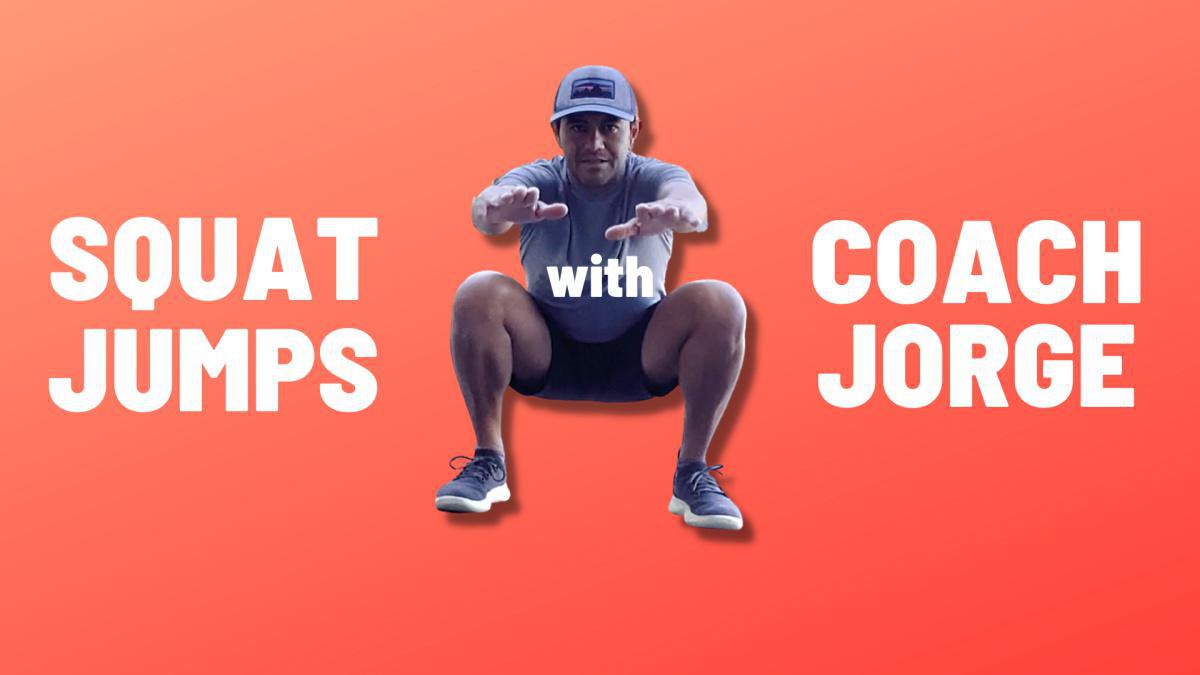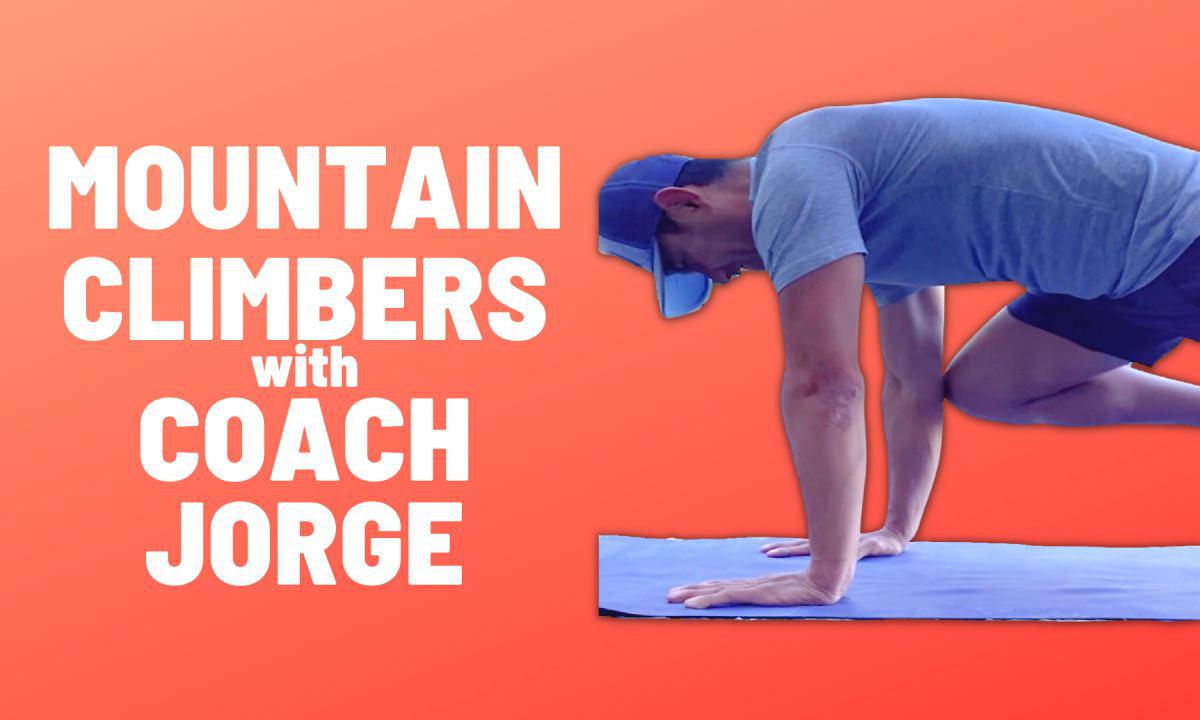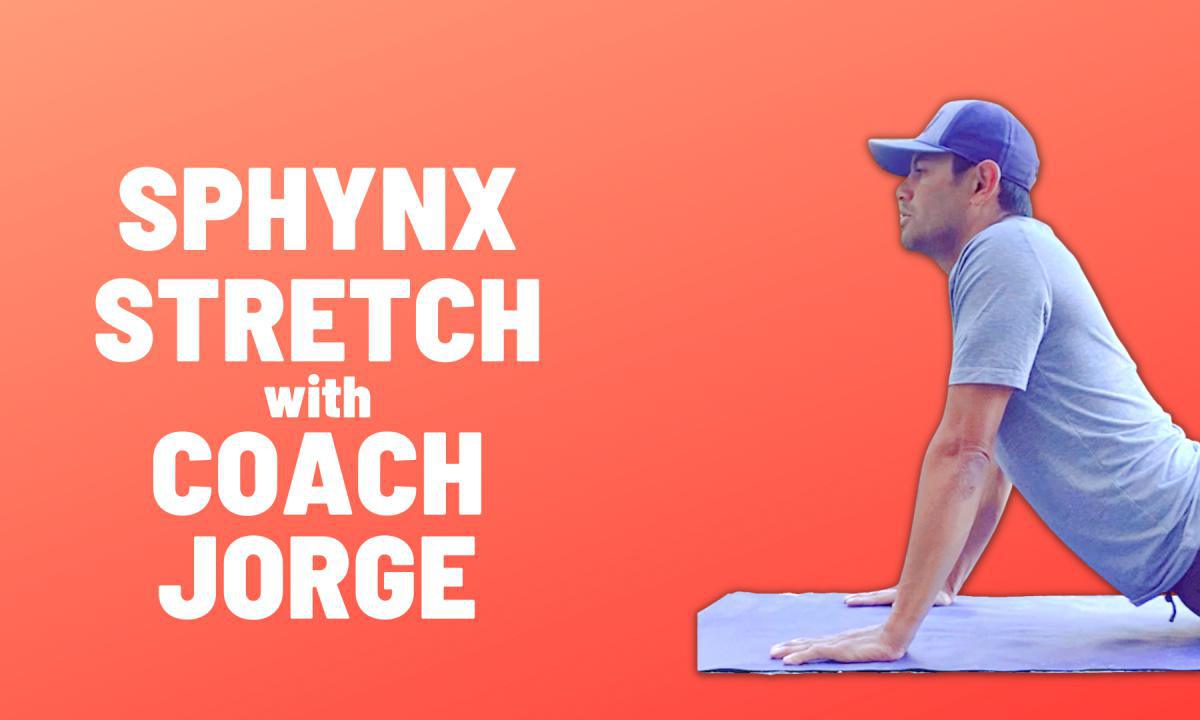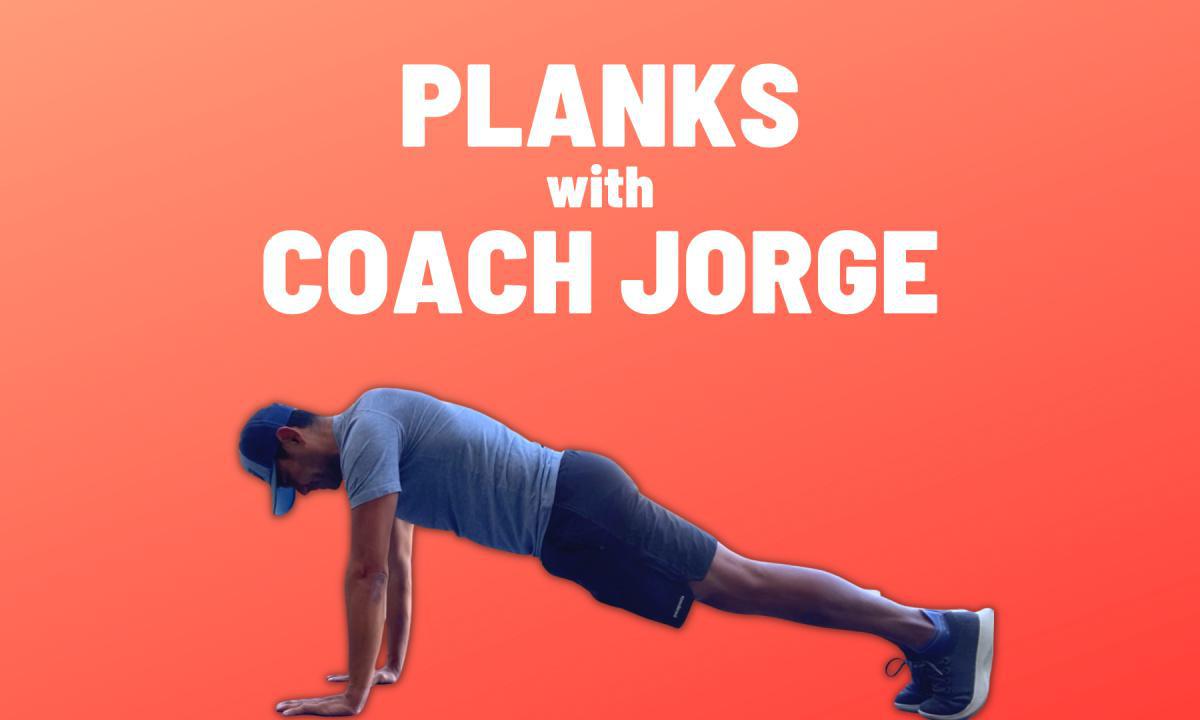Updated 01/16/24 9:44 PM
Tutorials:
Single Leg Strength Exercises
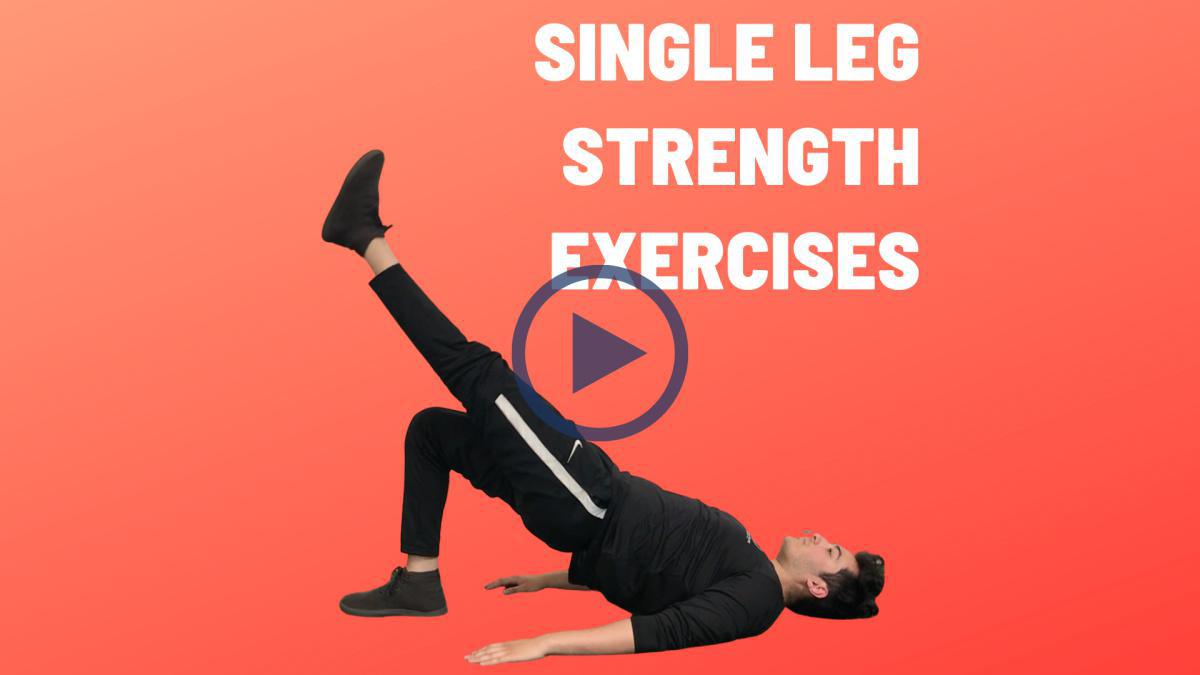
Strengthening your glutes is essential for injury free and pain free running, because it stabilizes and supports the knee, hip and ankle. However, most people think of back squats and deadlifts when they think of strengthening glutes, and while these are great exercises, most runners are not ready to jump into these. You must first work on single leg exercises to increase stability and correct any imbalances you might have. By jumping straight into double leg exercises when an imbalance is present, you will most likely increase your imbalance because the stronger leg will be doing a majority of the work. These three exercises are a great way to activate and strengthen glutes a couple days a week before a run.
Hip Hikers:
-Stand on a step or elevated surface
-Have one foot off the side of the box (your support leg should be straight and the abdominals should be engaged)
-Allow the leg that is hanging off the step to slowly lower down to the ground (make sure your support leg is still as straight as possible) - if balance is a problem then use something for support
-Movement should be controlled with a slow, steady drop
-Slowly raise back up and repeat 10 reps on both legs for 3 sets
Single Leg Squat:
-Have support for the contralateral leg (if your left leg is in the air, then you should be holding on to something with left hand) - do not rely on it too much, have there in case you need it, but try to use it as little as possible
-Squat down while trying not to force the knee forward (try to keep your knees over your laces) - if your back heel raises off the ground then you lack the mobility for this exercise
-Keep both hips even - RESIST THE HIP DROP!
-Come back up and repeat 10 reps on both legs for 3 sets.
Single Leg Glute Bridge:
-Start on your back with your knees bent at 90 degrees and feet on the floor
-Straighten out one leg so that both knees are aligned
-Maintaining level hips (again resisting the hip drop) drive through the heel of the planted leg driving the hips as high as possible
-Make sure core and glute is engaged (you should not feel this in your hamstring or lower back - if you feel it in your hamstring then you are pulling instead of pushing the planted leg, and if you feel it in your lower back then the core is not properly activated)
-Lower hips, tap ground, and repeat (you want slow tempo down and fast up)
-Do 10 reps on both legs for 3 sets
Simple instructions for how to perform exercises for running.
Read more Tutorials:
Also see:
UCSF Sports Medicine
The UCSF Sports Medicine team gives fantastic information for all marathon runners.
Yoga for Runners
A group of physical, mental, and spiritual practices aimed at self-controlling the body and mind of a runner.
Nutrition and Recipes
Some ideas on what to eat, how to make it, and how to eat it.
Strength Training
Using strength and resistance training to improve marathon performance.
Health and Performance
We're excited to re-introduce Dr. Jeff Shapiro to our SFM community. If you're looking to improve your health and performance, you know an overwhelming amount of information and opinion is conflicting, counterproductive or harmful. We're giving Dr. Jeff a platform to address this. In his articles, Dr. Jeff will discuss exercise and nutrition physiology (how the body works) allowing you to ignore chatter and reject myths. For example, should you carbohydrate load and/or eat during running? Are pills on SFM weekend harmful? After graduating from Stanford and Yale, Dr. Jeff served as medical director of the San Francisco Marathon for a decade, completed and lectured at 50 marathons and trained athletes to achieve peak organ function for 30 years. Dr. Jeff appeared on ABC News' 20/20 "Super Humans," consulted for CBS News' 60 Minutes "The Toughest Race" and co-produced “Ultra Running” for The Late Show. At the 2023 San Francisco Marathon, Dr. Jeff received a standing ovation for his presentation on exercise/nutrition physiology and adverse effects of pills. Since he teaches physiology, Dr Jeff’s presentations will read like science instead of a blog. Train Well with Dr Jeff starting in May 2024.

